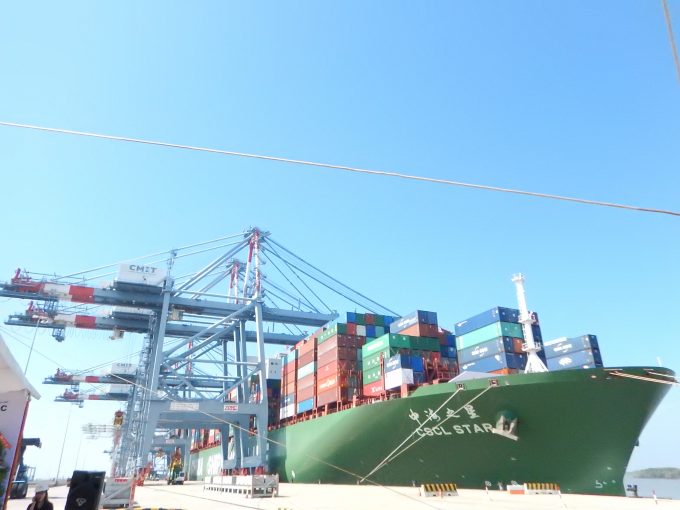IPP beats competition to launch Vietnam's first all-cargo airline
Vietnam’s first all-cargo airline is about to receive its first freighter and could start operations ...

Last week Vietnam celebrated the 40th anniversary of the end of the war and the fall of Saigon, now officially known as Ho Chi Minh City (HCMC).
Four decades later, the country is a vastly different place to the one refugees fled by helicopter in 1975. ...
Keep our news independent, by supporting The Loadstar
Rapid transpacific capacity build-up continues – can USWC ports handle it?
Red Sea crisis has driven most new capacity into extended Asia-Europe trades
Crew forced to abandon ship in latest fire on vessel carrying EVs
Carriers on the hunt for open tonnage again as transpacific rates soar
The Loadstar Podcast | Transport Logistic and Air Cargo Europe 2025
'Now or never' for Kuehne and DHL GF to hit back at DSV
Uncertainty drives Yang Ming fleet boost as focus switches to Asia-Europe trades
Carrier price hikes hold, driving spot rates higher as space gets scarcer
Asia-West Africa ULCV deployment opens new markets for carriers
Project cargo: oversized and heavy, posing risks outside the norm for ports
CMA CGM eyeing multi-billion euro investment programme in Algeria
News in Brief Podcast | Week 22 | Trump’s tariff hurdle, ocean schedule reliability, and rate rise
Air cargo players still wary of long-term block space deals – 'a risk on both sides'
Geely splashes out to meet growing demand by chartering its own car-carrier
Longer-term planning needed as noise out of Washington distorts the market

Comment on this article
Andy Lane
May 10, 2015 at 8:42 amDear Sam. The costs of diverting a ship to make an extra port call are driven by the distance of the diversion multiplied ship size. The costs of a “spoke” are also driven by distance but this time multiplied by volumes.
The problem is for HCMC, as the average vessel sizes are presently growing faster than the export cargo volumes – this means that HCMC is less likely to be served more directly as opposed to transhipment.
Vessel size proliferation and overall fleet capacity will need to plateau shortly. The question then is, how many years will it take for Vietnamese export volumes to “catch-up”?
The fragmented nature of the individually very small Thi-Vai/Cai Mep terminals will not be attractive to large scale international transhipment – they simply do not have the scale. Regionally in terms of coastal Vietnam and Cambodia some opportunities might exist. Thailand’s container terminal volumes presently exceed those of HCMC, so when multiplied by 2 for transhipment demand, in totality they would be too much for the HCMC terminals to handle.